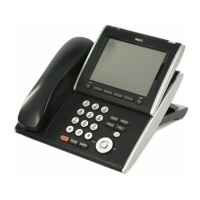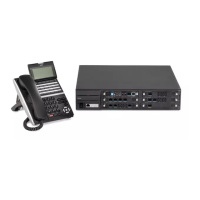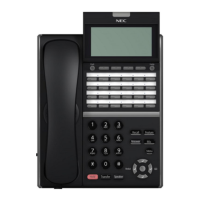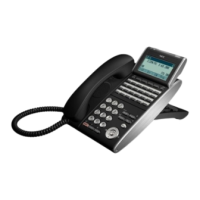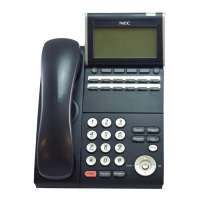Issue 2.0
5-18 SV9100 IP K-CCIS
Firewall
Another regular device in customer networks that can hinder VoIP
performance is a firewall. Most corporate LANs connect to the public
Internet through a firewall. A firewall is filtering software built into a router or
a stand alone server unit. It is used to protect a LAN it from unauthorized
access, providing the network with a level of security. Firewalls are used for
many things, but in its simplest form, a firewall can be thought of as a one
way gate. It allows outgoing packets from the local LAN to the Internet but
blocks packets from the Internet routing into the local LAN, unless they are
a response to query.
A firewall must be configured to allow specific traffic from the Internet to
pass through onto the LAN.
Figure 5-9 Two SV9100 Systems Connected via the WAN shows two
SV9100 systems. One on the corporate local LAN and one on a Remote
network connected via the WAN. The remote site cannot call the MAIN site,
therefore it is not working.
The green arrow in Figure 5-9 Two SV9100 Systems Connected via the
WAN represents the data packets leaving the REMOTE IPLE card destined
for the SV91000 on the Headquarters LAN. The firewall on the
Headquarters network is not configured to recognize the TCP/UDP ports
utilized by the NEC equipment thus blocking them resulting in registration
failure. To solve this issue the ports used by the NEC VoIP equipment have
to be opened in the firewall allowing the NEC traffic to pass through to the
SV9100.
The ports, 57000 and 59000 (TCP) for signaling and the voice ports, are
required to be open at each location.
Figure 5-9 Two SV9100 Systems Connected via the WAN
WAN
Headquarters
Local LAN
Remote Network
Firewall
Firewall
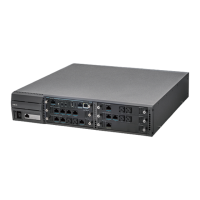
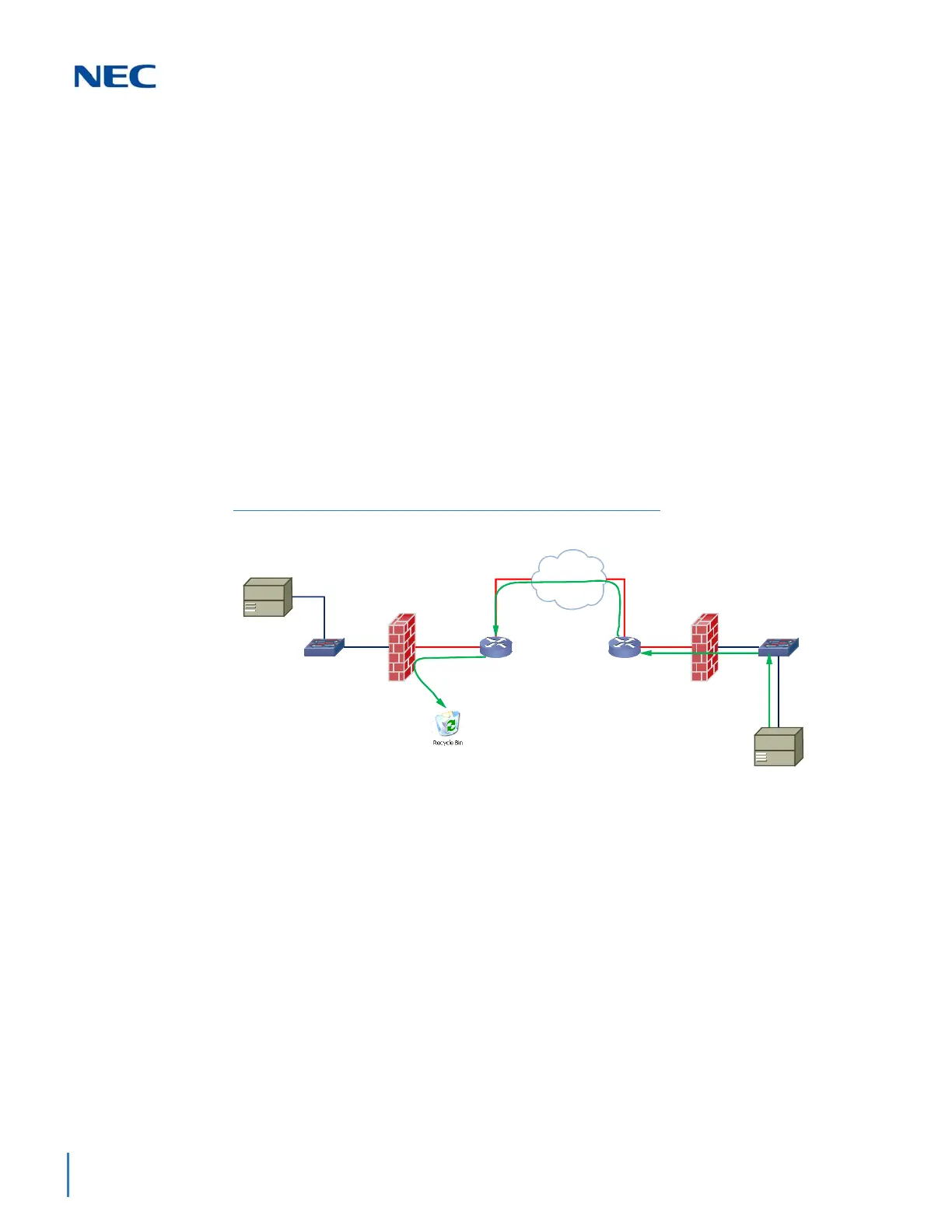